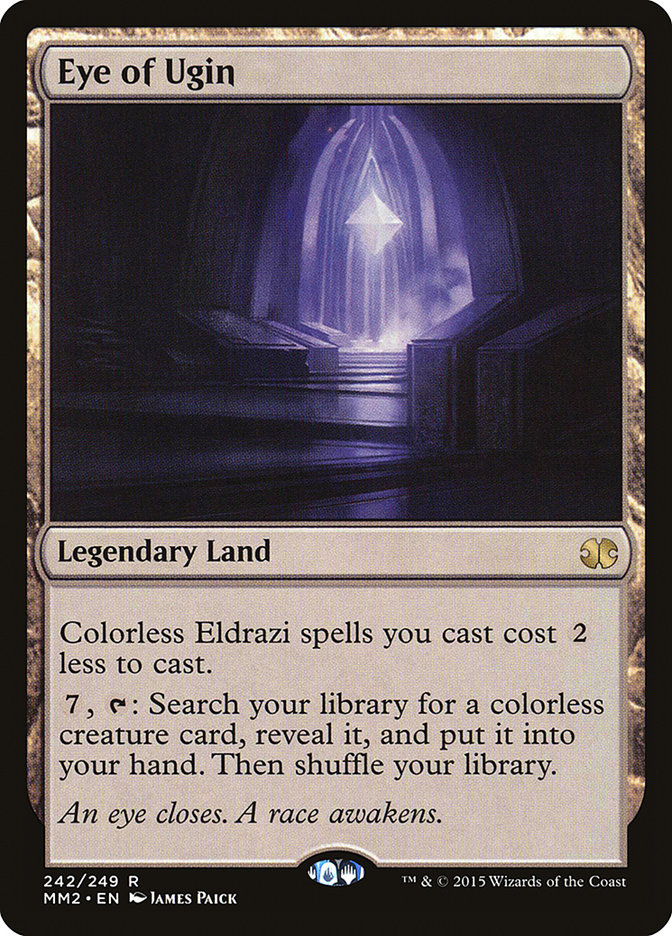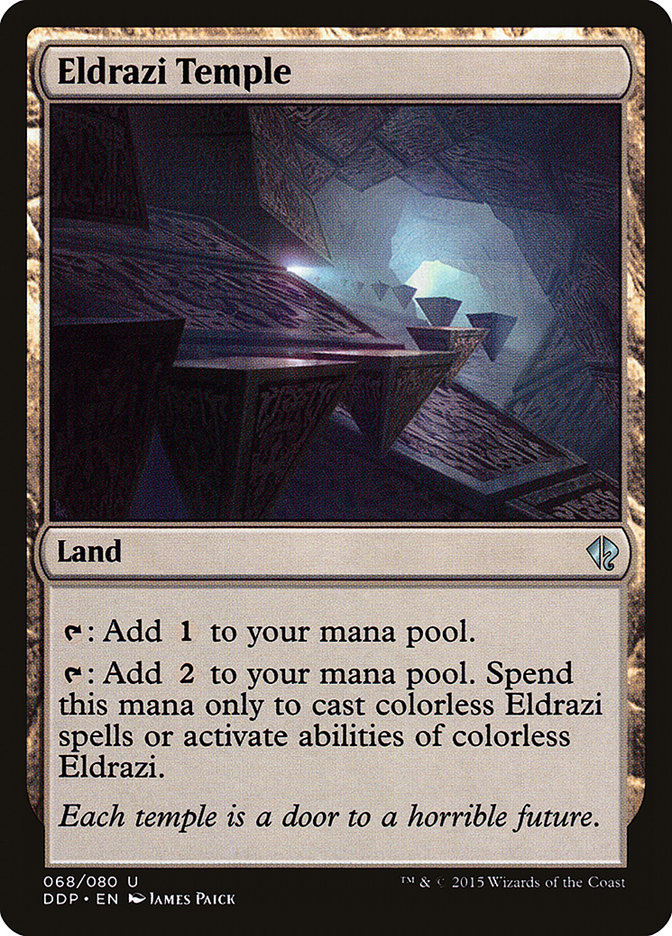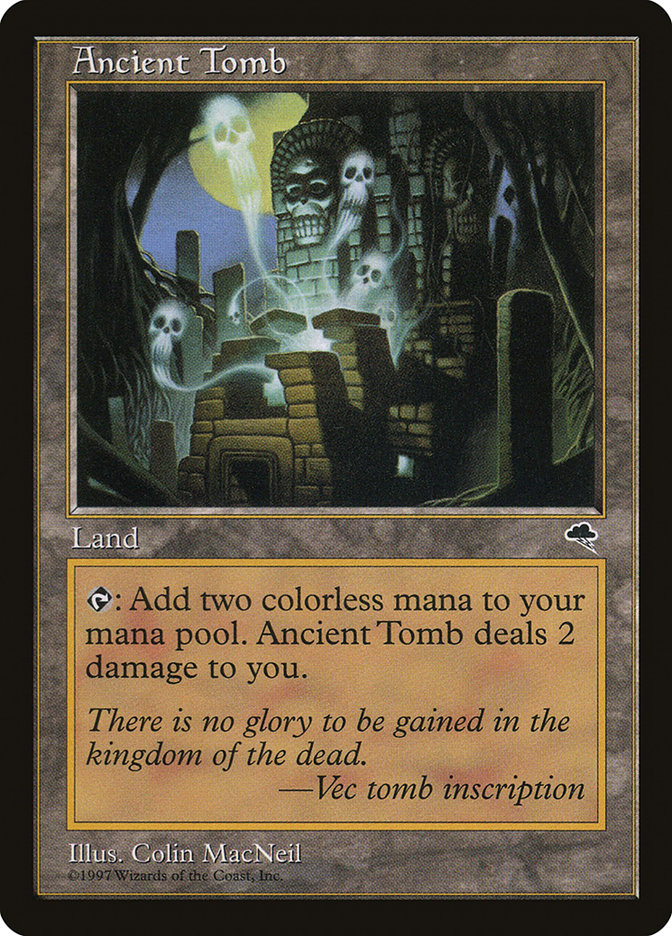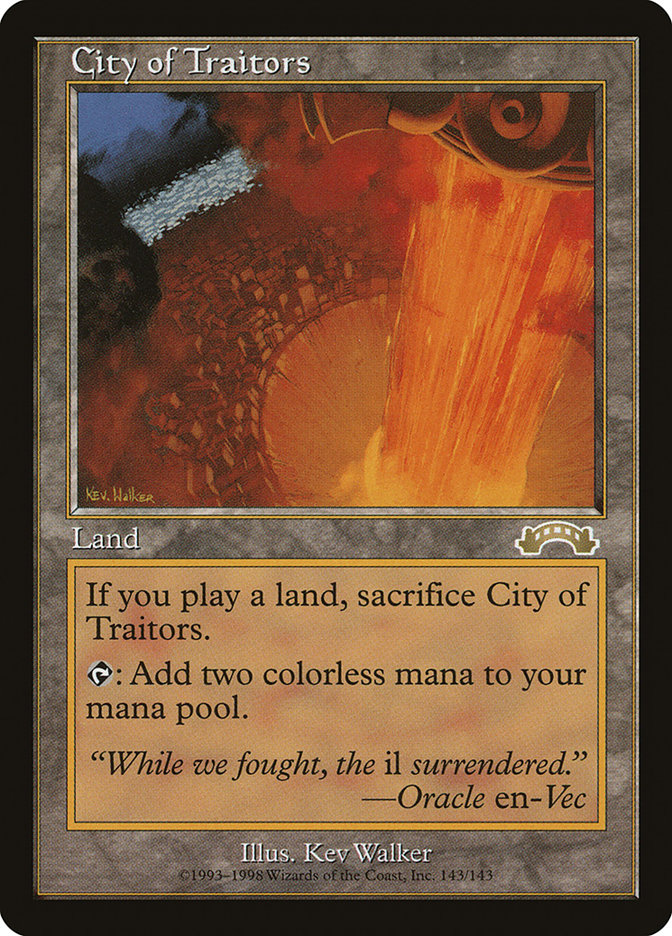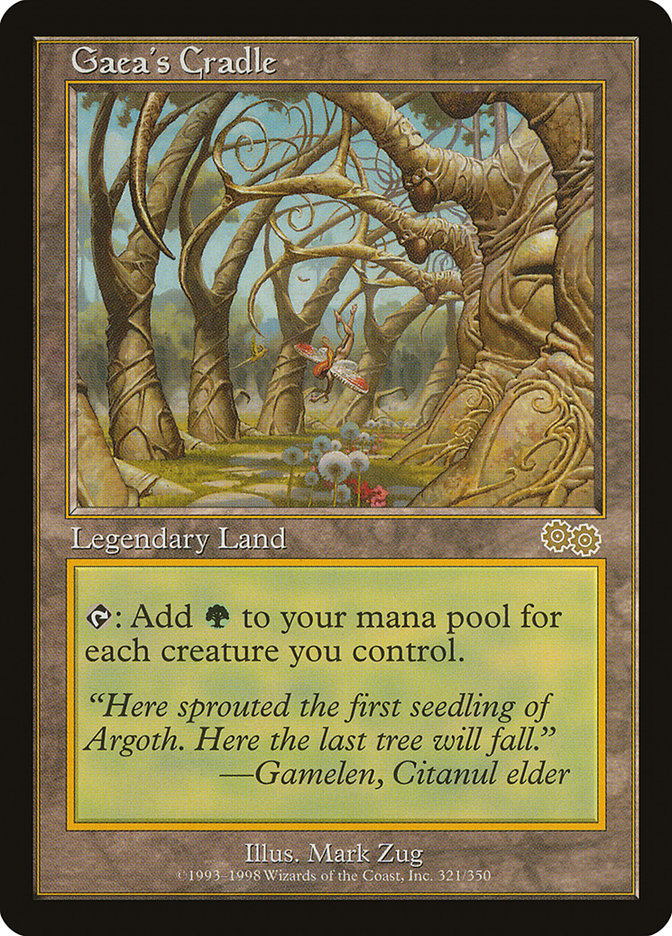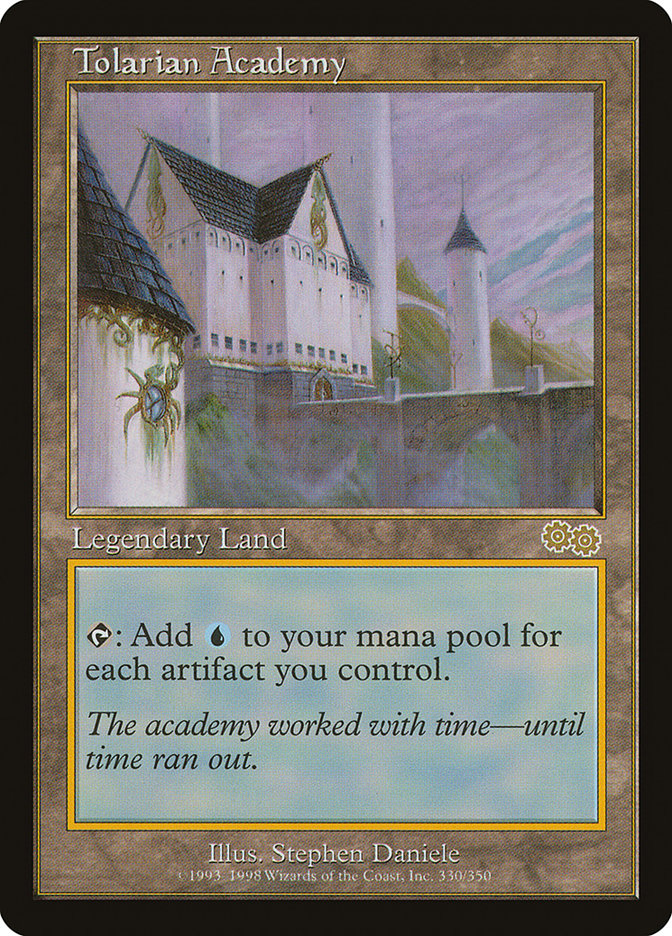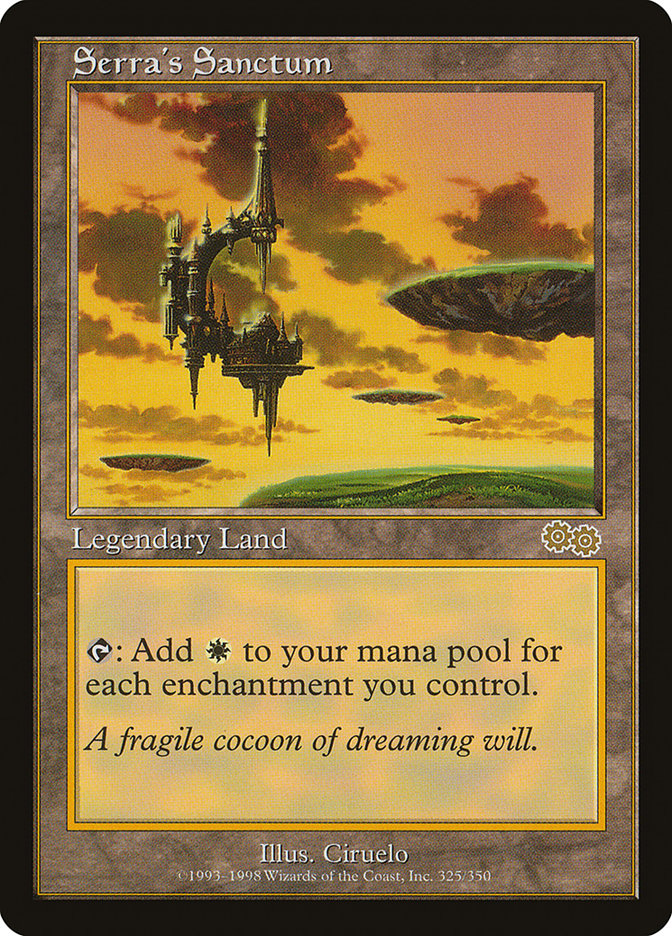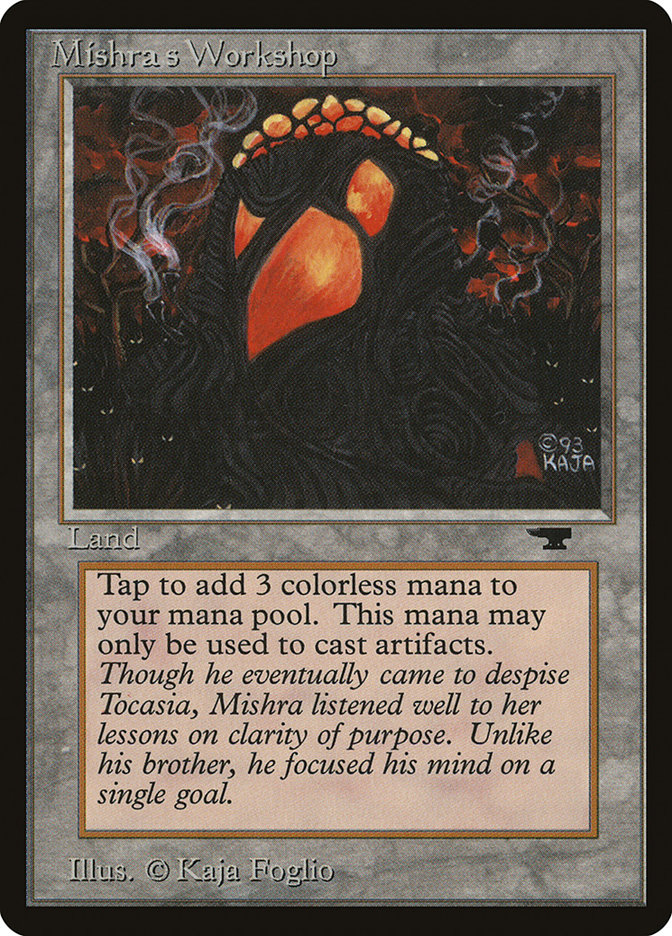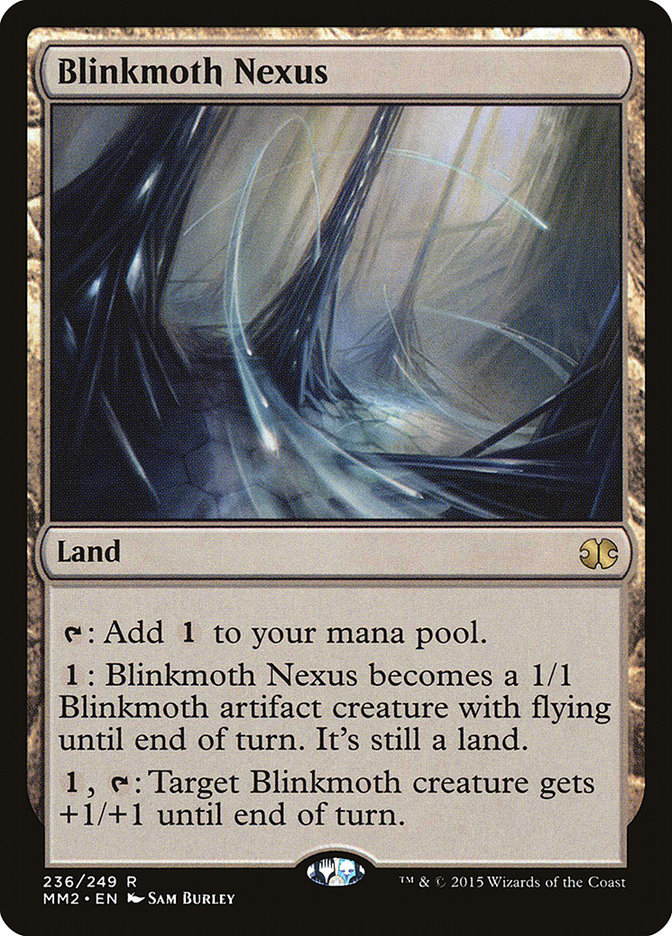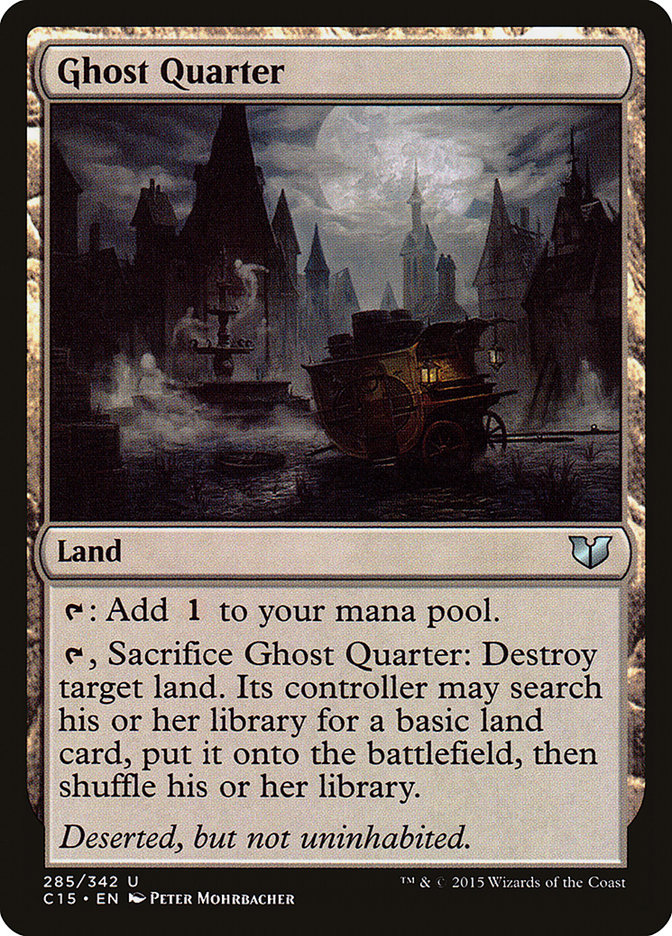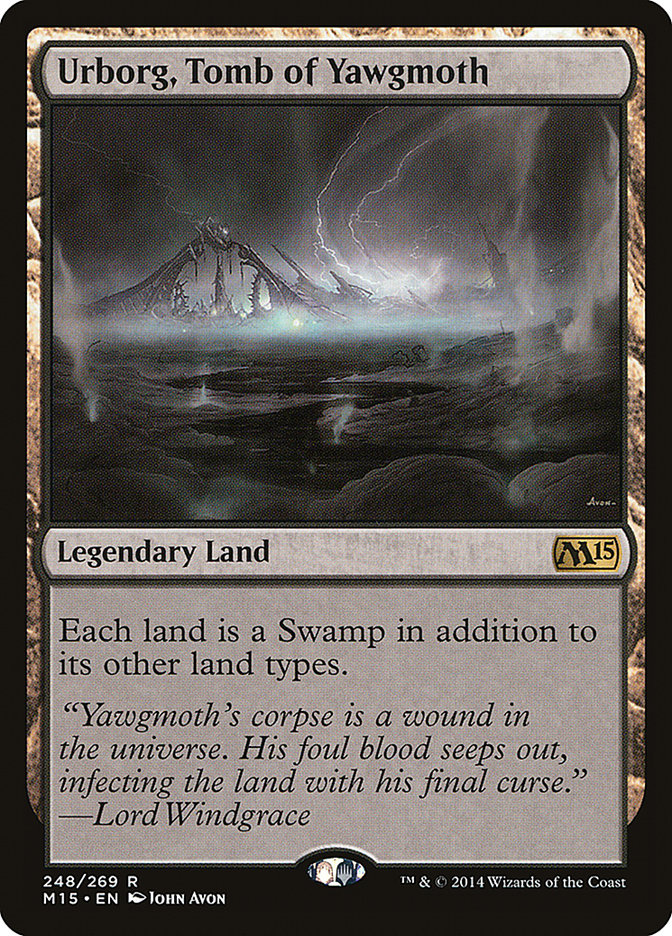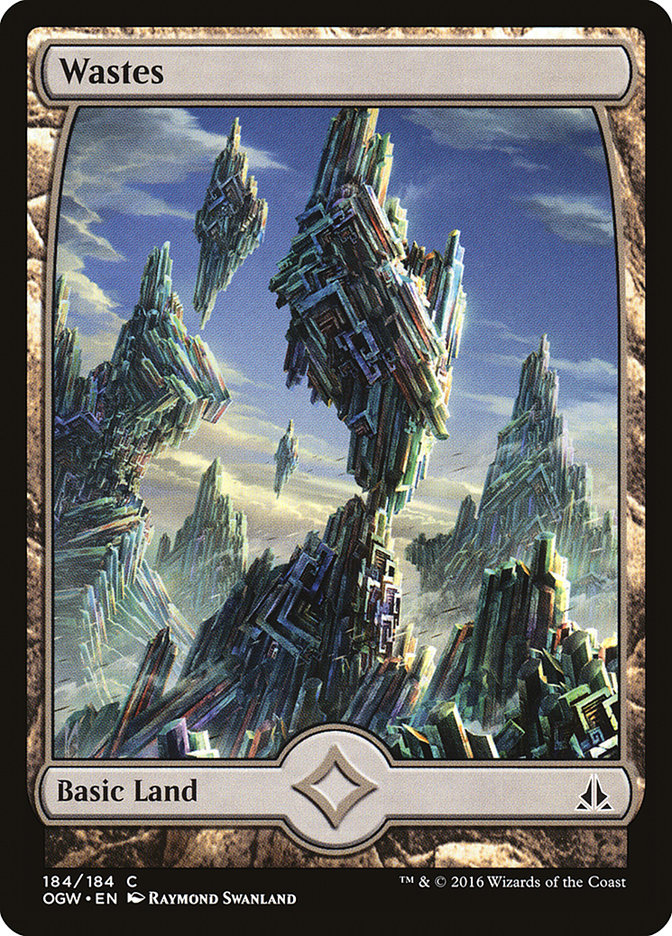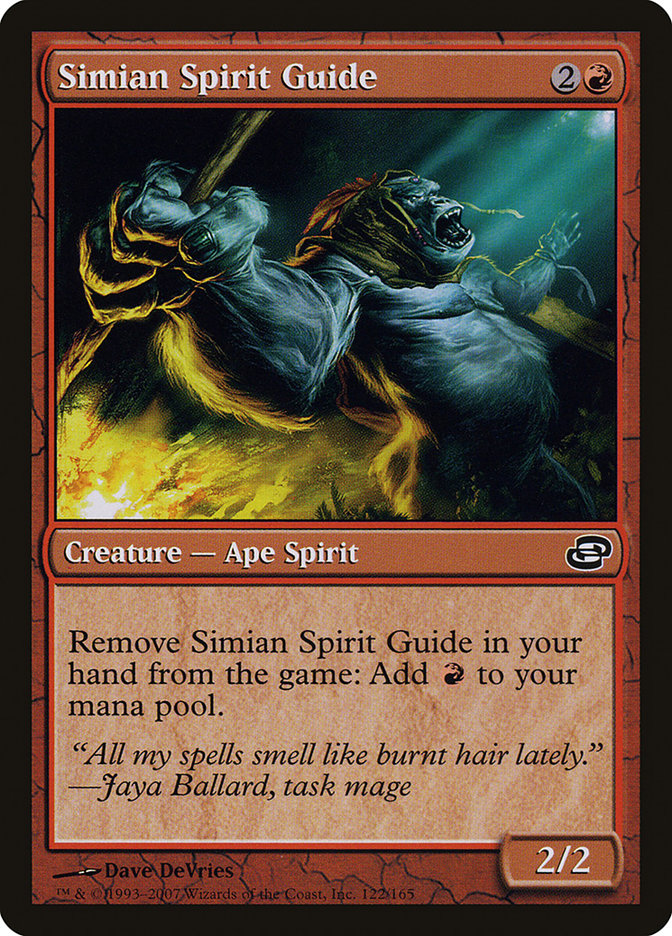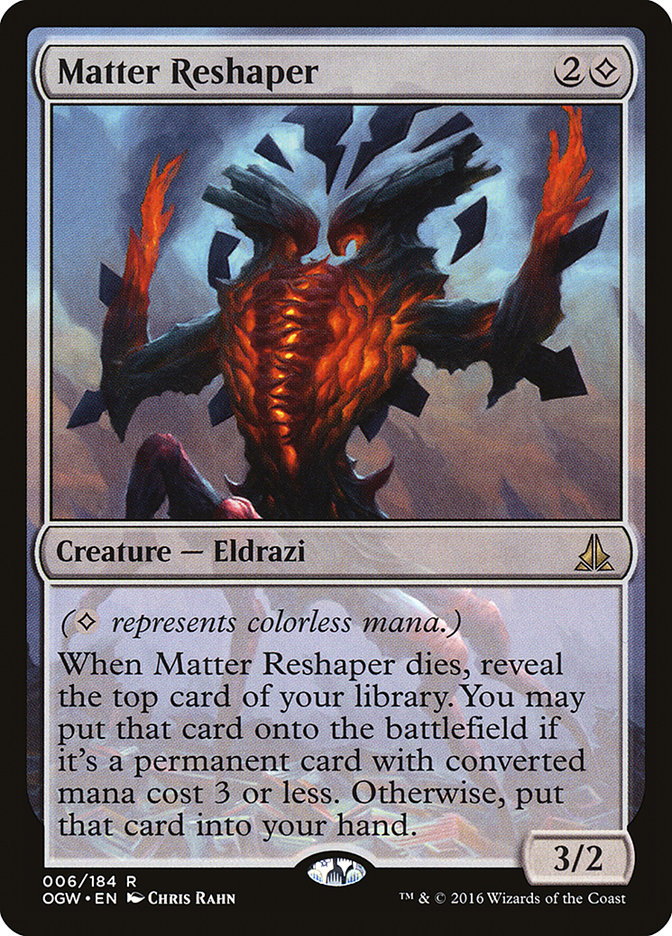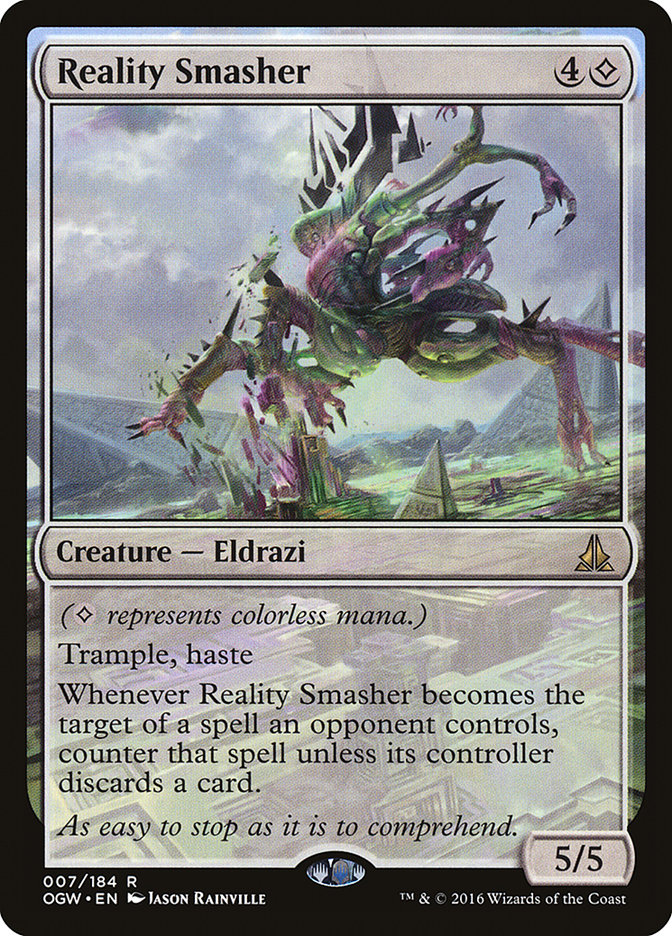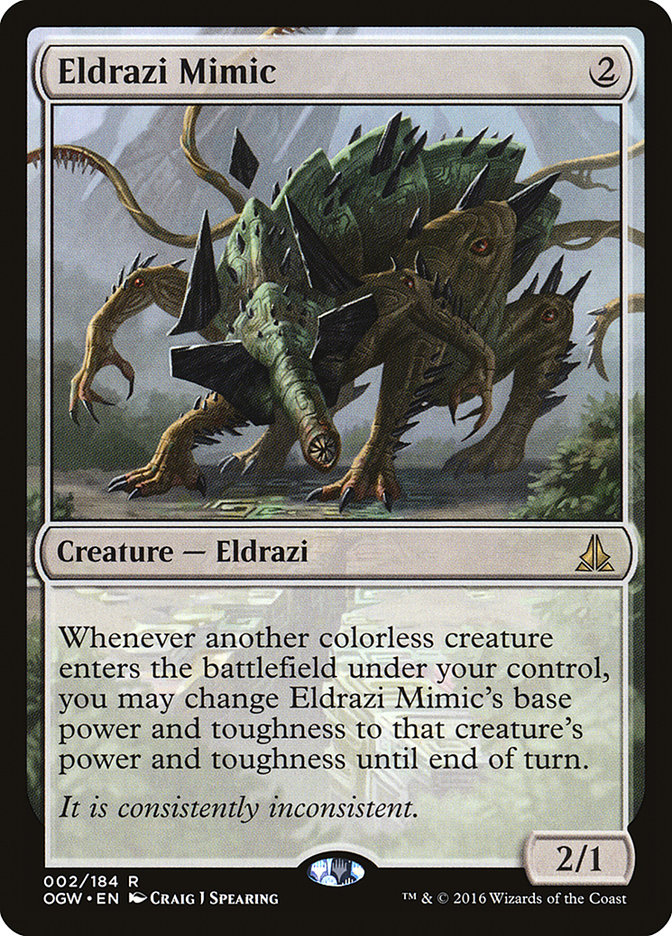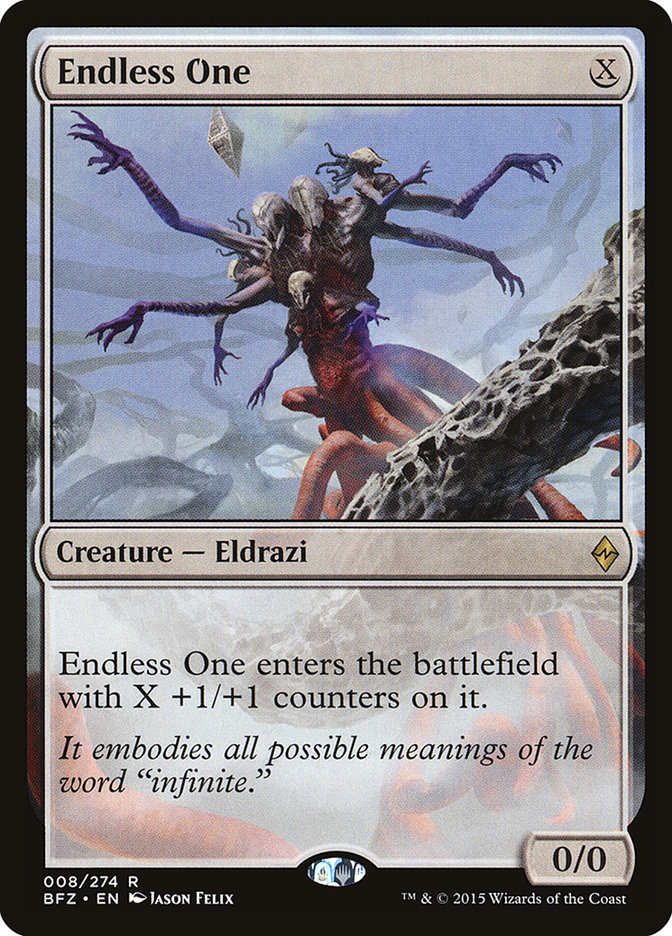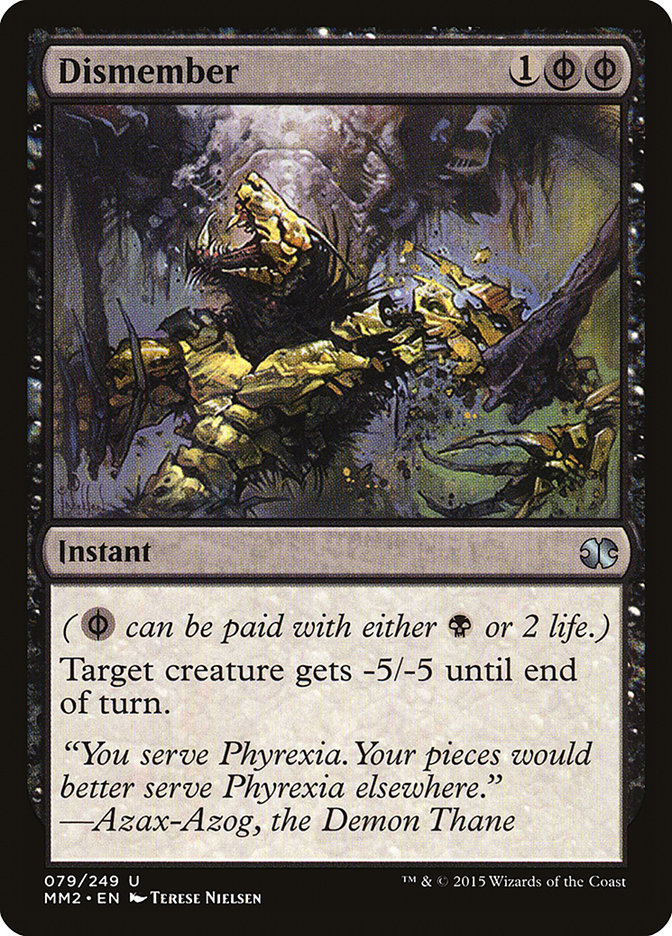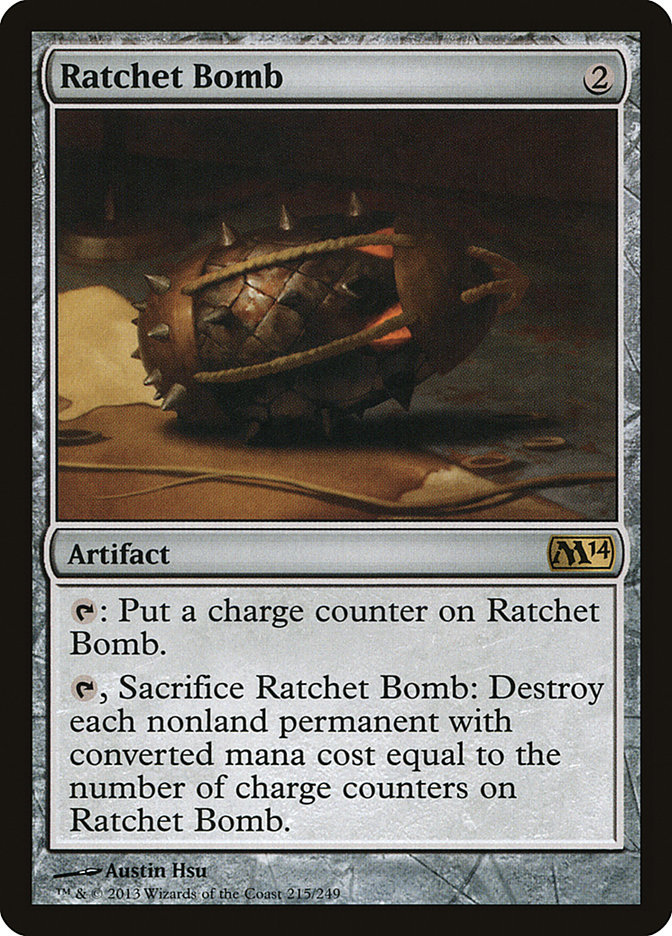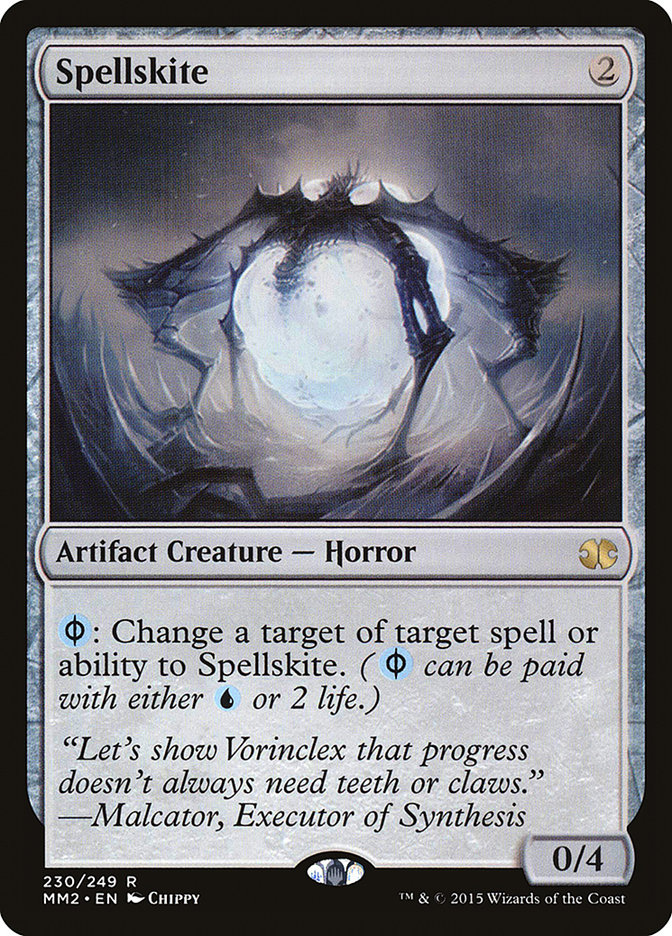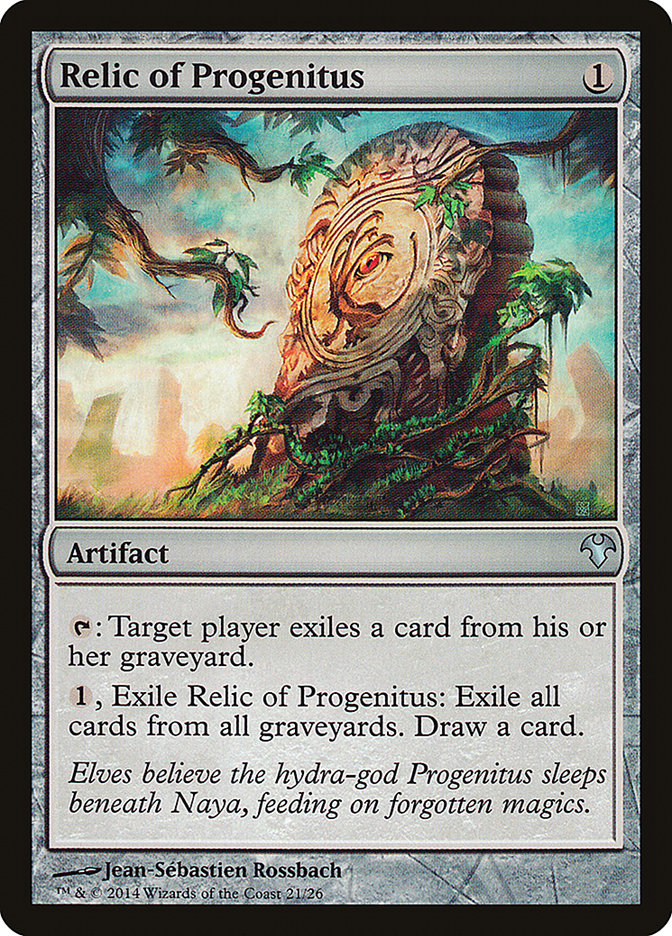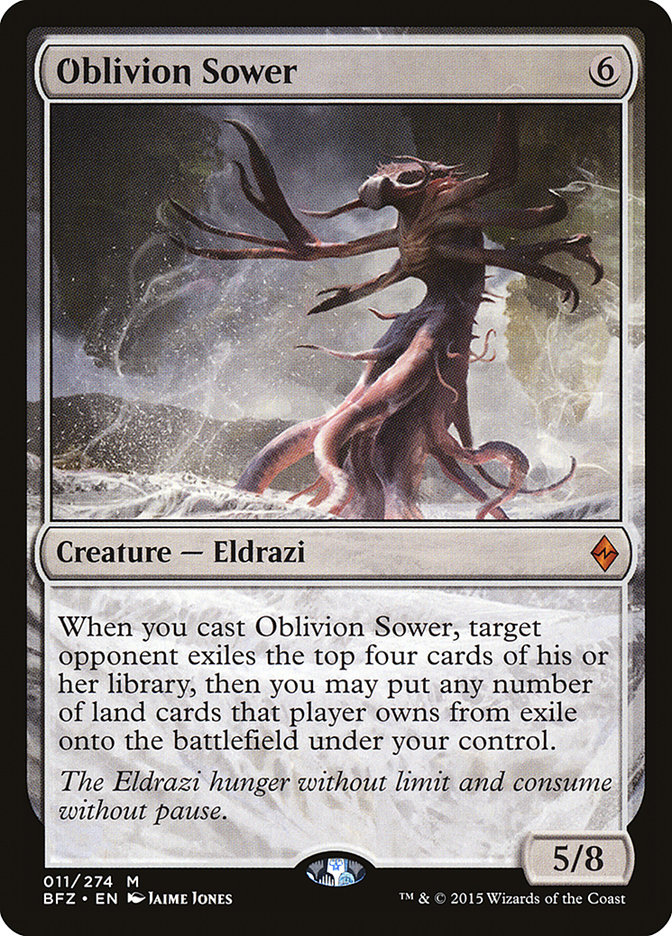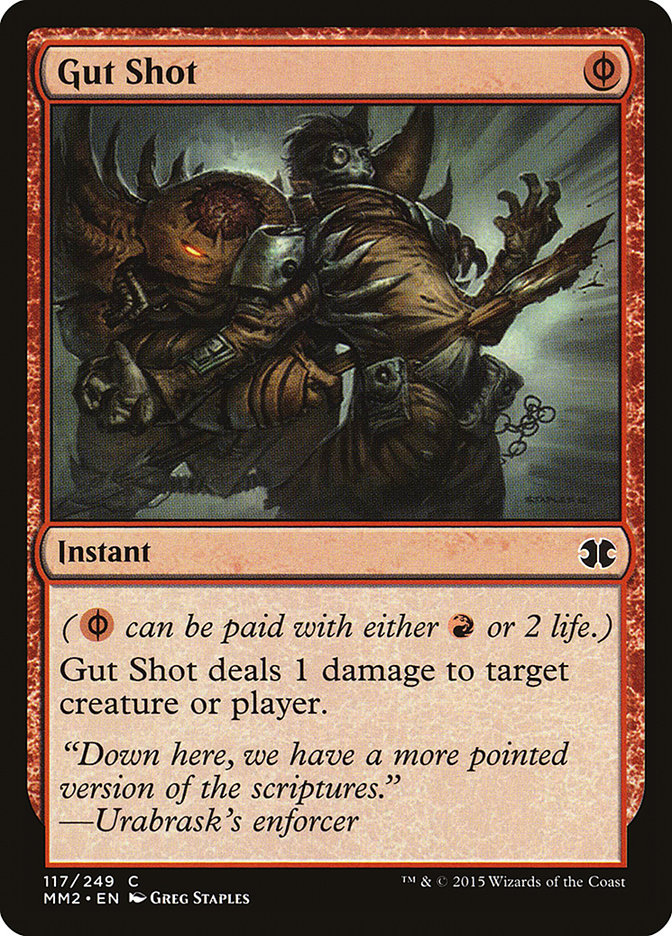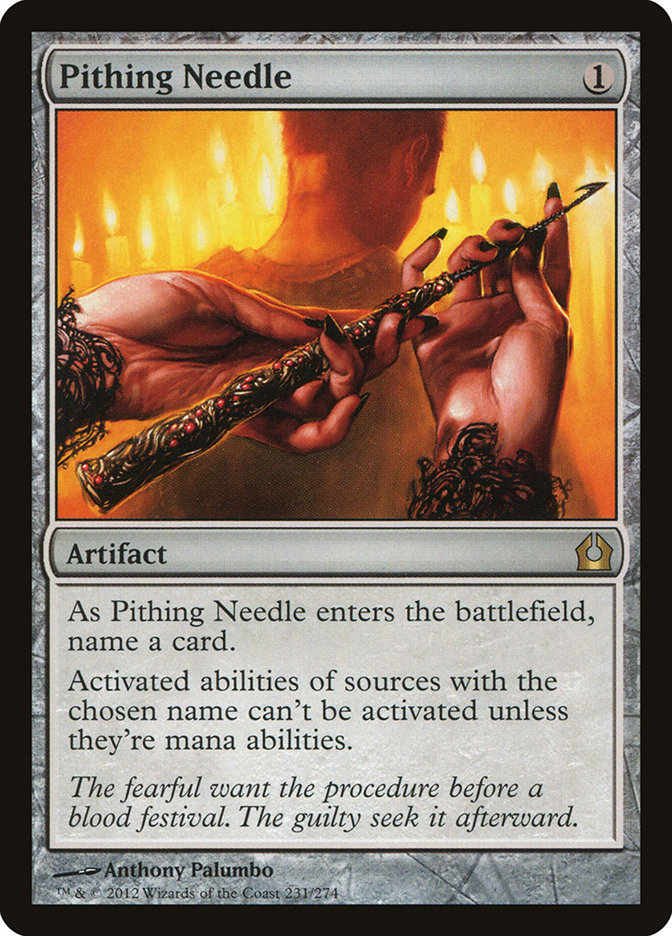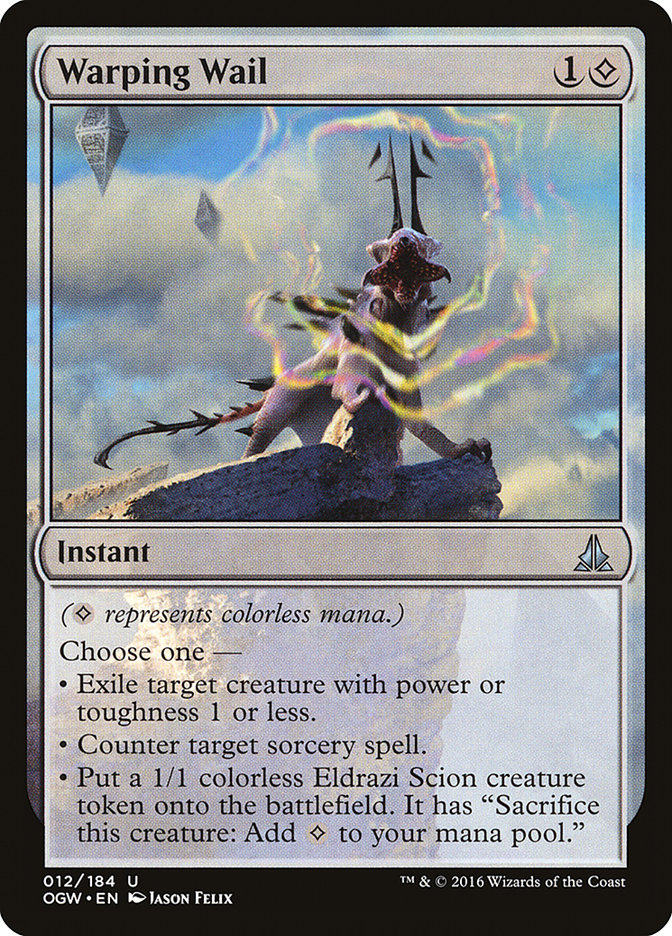Last week I wrote that I suspected the new Eldrazi cards from Oath of the Gatewatch would make an impact at the Pro Tour. I don’t know if anyone expected them to make the gigantic Emrakul-sized impact that they did this past weekend, however. There were six different Eldrazi decks spanning three different archetypes that made it to the Sunday stage in Atlanta this weekend. Six! That kind of annihilation is almost unheard-of and I think it’s safe to say that the Modern metagame has been turned on its head.
The Eldrazi deck I am most excited about is the Colorless Eldrazi deck piloted by Team CFB/FtF. With the next stop on The SCG Tour® coming up in a couple weeks in Louisville at #SCGLOU, it will be mandatory to understand what these new decks are capable of, what powers them, and how to attack them correctly. Let’s get to work!
Creatures (26)
- 4 Simian Spirit Guide
- 2 Spellskite
- 4 Endless One
- 4 Eldrazi Mimic
- 4 Reality Smasher
- 4 Thought-Knot Seer
- 4 Matter Reshaper
Lands (24)
Spells (10)
Sideboard

Meet the new deck to beat.
CFB/FtF worked together for this Pro Tour and put a pretty fantastic deck together. With two rounds to go in the Pro Tour, there were three people left with a record of 11-2. Of those three, three of them were playing this deck. Yeah, that’s all of them. So what makes this deck so good?
Well, let’s start with the mana.
The manabase starts out with eight lands that make more than one mana. Back in the old days of Magic, there were quite a few lands that tapped for more than one mana. Most of them ended up being very powerful. Let’s take a look at some of those old-school powerhouses.
These lands power out some of the most powerful artifact strategies in Legacy, from Metalworker to Painter to my personal favorite, Tezzerator. Legacy staples. Both excellent cards.
Gaea’s Cradle and Serra’s Sanctum power up Elves and Enchantress, respectively. Sanctum is powerful but not as abusable as Cradle because white mana isn’t as valuable to a deck with mostly green cards. Gaea’s Cradle is bananas, and if Elves ever becomes too powerful for Legacy, it will probably be the card with the biggest target on its forehead.
Tolarian Academy is completely broken, correctly banned in Legacy and restricted in Vintage.
Mishra’s Workshop is the best card that isn’t restricted in Vintage. It powers Shops, generally considered the best deck in Vintage.
Creatures (17)
- 1 Triskelion
- 1 Sundering Titan
- 1 Duplicant
- 4 Lodestone Golem
- 1 Steel Hellkite
- 4 Kuldotha Forgemaster
- 4 Phyrexian Revoker
- 1 Phyrexian Metamorph
Lands (20)
Spells (23)
- 1 Sol Ring
- 1 Mana Crypt
- 4 Sphere of Resistance
- 1 Trinisphere
- 1 Black Lotus
- 4 Tangle Wire
- 1 Mox Emerald
- 1 Mox Jet
- 1 Mox Pearl
- 1 Mox Ruby
- 1 Mox Sapphire
- 1 Chalice of the Void
- 4 Thorn of Amethyst
- 1 Staff of Nin
Sideboard

So the lesson to be learned here? Lands that make more than one mana break a fundamental rule of Magic and are extremely powerful if you are able to do impactful things with that mana. What the Eldrazi deck does definitely qualifies.
Creature-lands are another of the most powerful kinds of Magic land. They also let players break a rule of Magic: cashing in on lands in the mid- to late-game for different resources. Oftentimes in a game of Magic, players will find themselves at a point where both players have exhausted all of their resources in their hands and have lots of mana that they can’t use. In such situations, having access to mana sinks, or lands that do things, allows you to keep generating value with the mana available to you every turn. In this case, it turns your excess mana into creatures.
These particular creature-lands are some of the best. A 2/2 and a 1/1 flier don’t look particularly intimidating at first glance, but the extremely low cost to activate them allows you the ability to turn them online much quicker than, say, the creature-lands we are used to in Standard. We can use these cards to generate resource advantages in the mid-game while playing a spell from our hand in the same turn. Getting to do two things in one turn is super-powerful, and activating a creature-land certainly qualifies as a thing to do.
Ghost Quarter is an interesting card. The ability to destroy a land with a land is another very powerful ability, historically. Strip Mine is correctly banned in Legacy, and Wasteland is a pillar of Legacy. Modern’s version of the land-destruction land is significantly less powerful than its brethren of older formats, but its ability to keep powerful lands in check is so necessary in a format like Modern that it has found a home in several decks despite the card disadvantage. In this deck, it’s easy to play four copies of the card because it has an additional hidden bonus ability. It taps for colorless.
The mana in this deck is really cool, because usually one of the drawbacks to playing powerful lands like Mutavault and Ghost Quarter is that they don’t help you get any of your colors. In this deck, these lands don’t just get you one of your colors, they get all of your colors.
Urborg is a decent land in this deck. The most powerful thing that it does is make Eye of Ugin tap for mana. It can also help you cast Dismember without paying an arm and a leg.
In a format loaded with Path to Exile and the aforementioned Ghost Quarters, having a couple of basic lands is a really good idea. Wastes also lets you keep getting colorless mana when you have been Blood Mooned. I like it as a two-of.
Although not a land, Simian Spirit Guide is definitely a part of this manabase. For a colorless deck, the card is essentially a Lotus Petal. A welcome inclusion for a deck looking to power out creatures way earlier than normal.
Simply put, this manabase is awesome. All of your lands enter the battlefield untapped. Eight of your lands make two mana. Seven of your lands are creature-lands. Every land in the deck except three taps for every color needed. In a deck like this, you will never have to worry about getting color-screwed. You will rarely have to worry about being flooded. It really is a dream manabase.
Next, let’s take a look at what we’re casting with this manabase.
I think we all had a pretty strong feeling that these three cards would be at the center of an Eldrazi strategy in Modern. They’re all very powerful and they are all easy to cast with the double lands. All of these cards are resilient to Lightning Bolt, the premier removal spell of the format (at least up to this weekend).
Thought-Knot Seer in particular is one of the most powerful cards to be printed in a long time. One of the things that made B/G decks so powerful in the past several years was how good of a sequence Thoughtseize into Tarmogoyf was. Well, now we get both at the same time.
Eldrazi Mimic points this deck firmly in an aggro direction. It also allows you to have a nut draw, which is always a powerful feature to look for in deck selection, especially when coupled with this next creature.
This is the creature I missed when working on Eldrazi decks this past week, and oh man is it great. Fireball Creature may look unassuming, but the ability to play something mana-efficient on any point on the curve is super-powerful. Endless One also makes Eldrazi Mimic huge. Endless One is the final piece to the puzzle of finding the right number of powerful threats to power out with our Eldrazi lands.
The Utility Stuff
Here’s the removal we have to work with. Dismember has always been great. Phyrexian mana is overpowered, and the life loss in a deck this aggressive usually will be a small cost. You often won’t even have to pay the life if you have an Urborg, Tomb of Yawgmoth on the battlefield.
Ratchet Bomb and Chalice of the Void are pretty nifty in this deck. There are no one-drops in the entire list and hardly any two-drops, so these cards’ supposedly equal effects are conveniently one-sided. Add that to the fact that there are a ton of one-drops in the format, and these cards are pretty clearly well-positioned right now.
Spellskite is an easy fit in a deck like this. The card matches up very well with most of the good decks in Modern right now and the mana cost allows you to slot it right in.
The Sideboard
Though I haven’t gotten to play any games with this sideboard yet, I am guessing that it will be one of the weaknesses of this deck. Traditionally, one of the drawbacks to playing a monocolored deck is that you are limited to a few sideboard options. You can only imagine playing a zero-colored deck will make things even tougher for finding effective sideboard options.
The sideboard starts out with adding an extra copy of Ratchet Bomb and Spellskite to the 75, a reasonable option. Both cards are great against some decks and poor against others, so having extra copies to bring in when they’re good seems like a good idea.
Oblivion Sower is a good option for the mirror. He is bigger than all of the other Eldrazi except for an enormous Endless One. Relic of Progenitus is obviously good against graveyard decks. It’s important to note how good these cards work together, though, especially in conjunction with Ghost Quarter. You can blow up their lands, exile them with Relic, and dump an Oblivion Sower on the battlefield and take all their lands. Awesome!
Another Phyrexian mana card, not surprising given our color restrictions. I like this card as a cheap answer to infect and mana-acceleration creatures. Nothing fancy, just conditional removal that’s solid when it matches up well.
More generic good sideboard cards that we can support with our colorless mana. I imagine more or fewer of these cards could find their way into sideboards in the future, depending on what the metagame looks like.
I can’t wait to fire this deck up in a League on Magic Online over the next couple of days. My buddies on Lotus reverse-engineered a list from information we had on Friday from the Pro Tour coverage and have had great success at #SCGRegionals this weekend, including Kent Ketter, who made the finals in Columbus.
Kent is telling me that the deck is busted in half, and based on what I’ve been seeing it do at the Pro Tour, I am guessing he is probably right!


